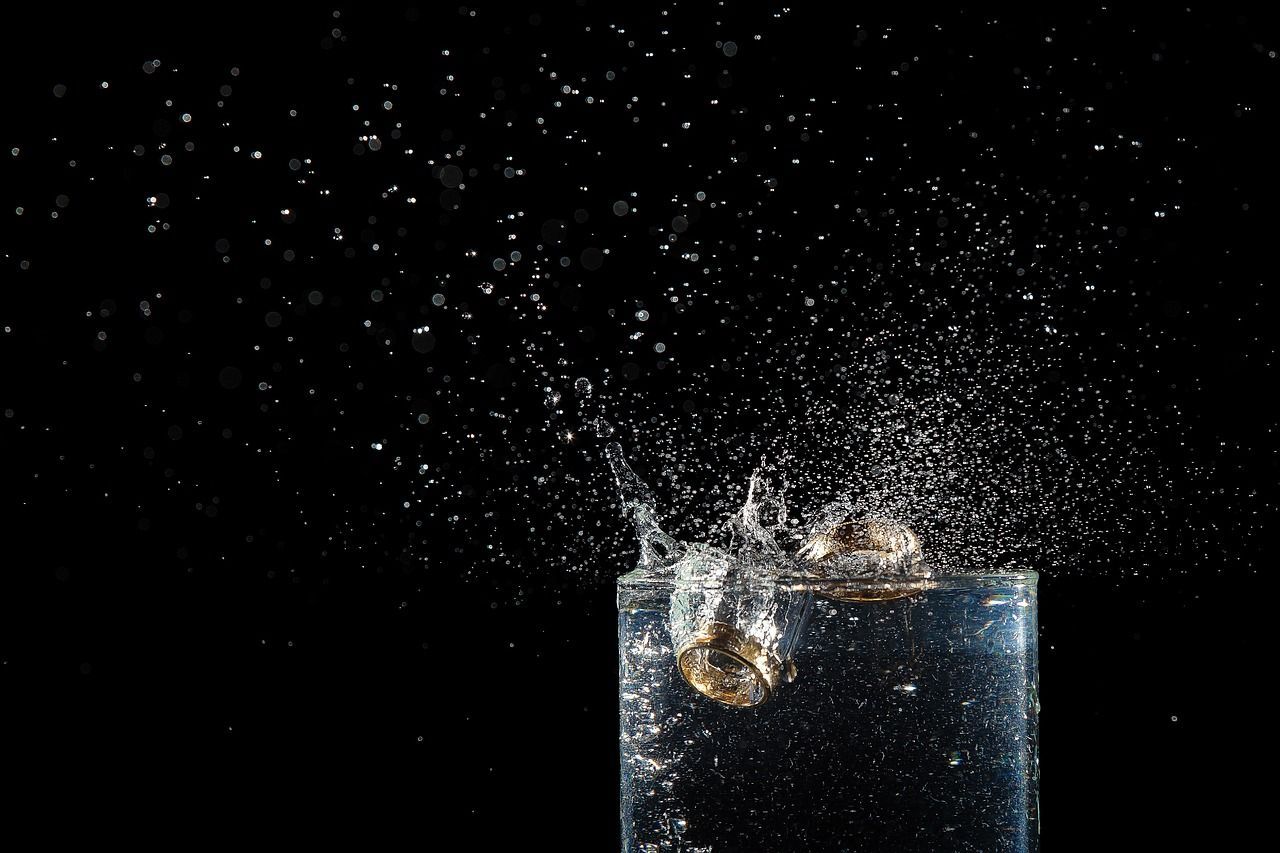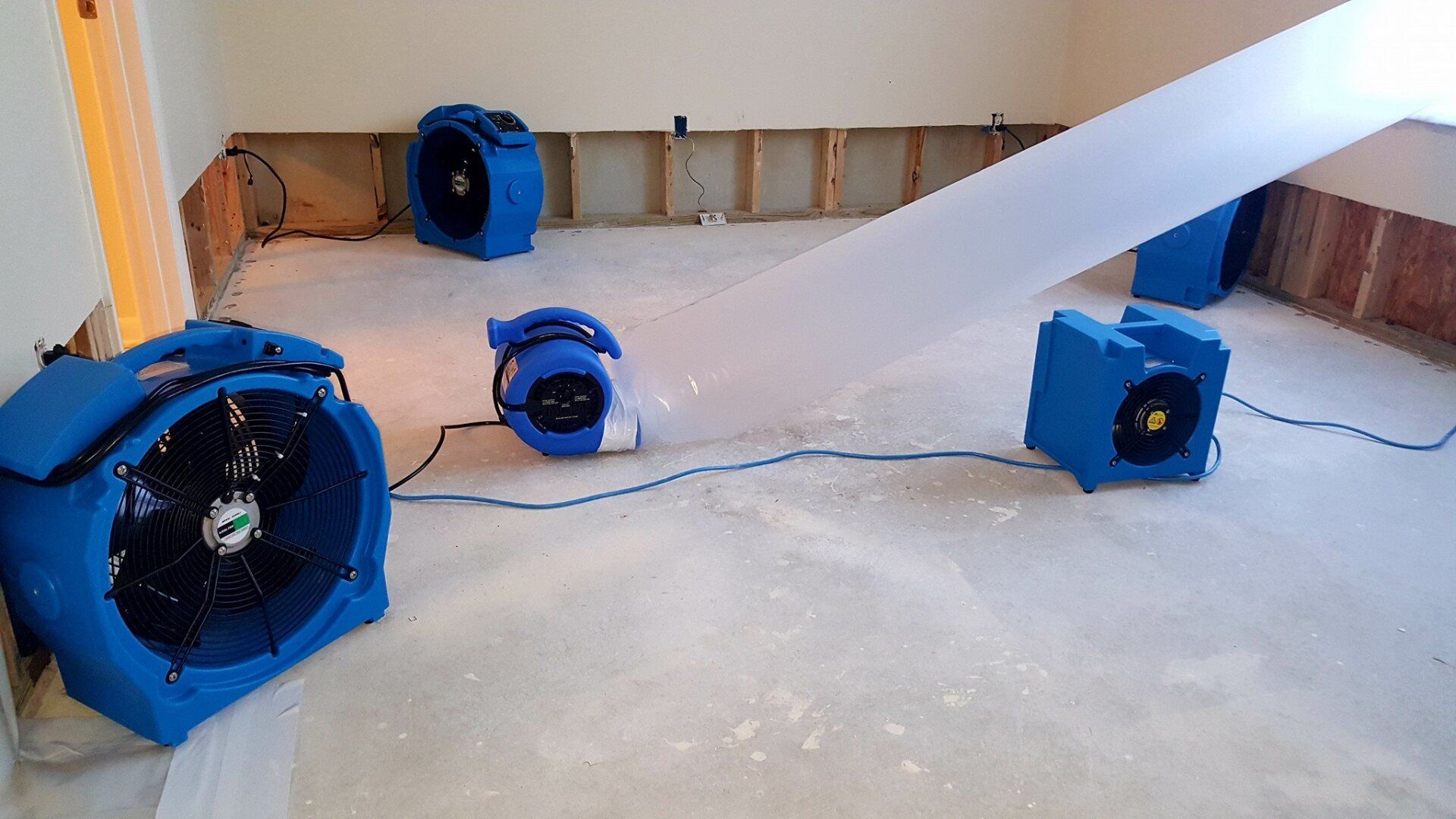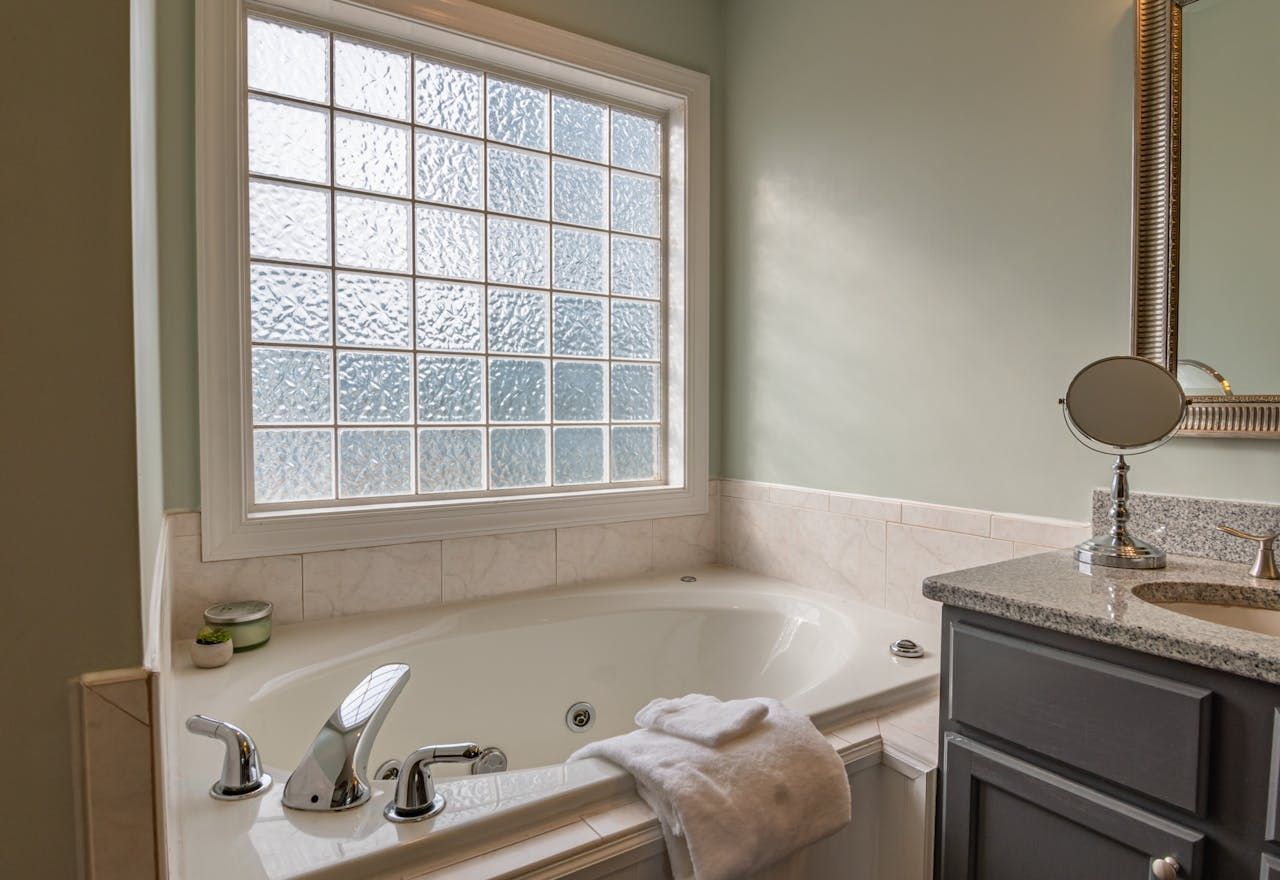Bathrooms are essential parts of our homes but are also prone to water damage due to the large amount of water used there every day. Water damage in bathrooms can be a costly and disruptive issue, often progressing from minor leaks to significant structural damage if not addressed promptly.
Understanding the common causes of water damage is the first step in preventing it from happening in your bathroom. Each of these issues can have a serious impact on your bathroom, affecting its functionality and safety. Recognizing these hazards early and taking action to resolve them is key to maintaining a healthy and water-damage-free bathroom environment.
Hidden Sources of Bathroom Water Damage You Must Know
1. Leaking Pipes and Faucets
Leaking pipes and faucets are frequent causes of water damage in bathrooms, often starting small yet growing into significant problems if not addressed. These leaks can stem from various sources, including worn-out washers and O-rings, corrosion in metal parts, and high water pressure that strains the plumbing system. Over time, even a minor drip can escalate into a substantial leak.
Signs of leaking pipes and faucets include constant dripping, water stains on walls or ceilings, and a sudden increase in your water bill. These leaks can lead to severe water damage, soaking bathroom walls and floors, which makes them susceptible to mold growth and structural issues. Prolonged exposure to moisture can cause the wood and drywall to weaken and decay, which can compromise the integrity of your bathroom's structure.
Ignoring these leaks can lead to costly repairs. Water continually seeping into the structure may cause the floorboards to warp, tiles to loosen, and paint or wallpaper to peel. Such damage impacts your bathroom's appearance and functionality, requiring extensive restorations that could have been avoided with timely intervention.
Addressing these leaks as soon as they are noticed is crucial to preserve your bathroom's safety and prevent further damage.
2. Shower and Tub Issues
Showers and tubs are central to bathroom activities, but they can also be sources of water damage when issues arise. Faulty seals and grout are common problems. When seals around the edges of the shower or tub break or become worn, water can easily escape, seeping into floors and walls. Similarly, grout between the tiles, once compromised, allows water to penetrate and cause damage behind the scenes.
Improper installation is another factor that can lead to leaks. If a shower or tub is not installed correctly, water can pool in areas it shouldn't, leading to leaks over time. It’s critical that installations are done with precision to ensure water is directed correctly into the drain, rather than around it.
Common areas around showers and tubs that are prone to leaks include corners, edges where the floor meets the tub or shower base, and behind walls where pipes are located. Identifying these weak spots early helps prevent water damage from spreading.
Addressing these issues often involves resealing and ensuring that the grout and tiles are intact, keeping your bathroom safe and dry. Proper maintenance and prompt repairs are key to preventing these types of water damage from escalating.
3. Toilet Malfunctions
Toilet malfunctions are another major cause of water damage in bathrooms. Overflows often occur when clogs prevent water from draining properly, causing water to spill onto the floor. Leaks can develop from loose or damaged seals where the toilet meets the floor, allowing water to seep out. Additionally, cracks in the tank or bowl contribute to unnoticed leaks.
Problems in the toilet tank, such as faulty flush valves or worn flapper seals, can lead to continuous water flow. This not only wastes water but can also damage the bathroom floor over time. The moisture from these leaks can weaken the flooring, causing tiles to lift or grout to crumble.
Unchecked toilet issues extend beyond structural damage; they can also affect bathroom hygiene. Standing water from leaks fosters mold and bacteria growth, which poses health risks. The moisture can spread to other parts of the bathroom, impacting additional fixtures and surfaces.
Regularly inspecting the toilet for any signs of leaks or malfunctioning parts is essential in preventing these problems and ensuring a clean bathroom environment.
4. Poor Ventilation
Poor ventilation is a common yet overlooked cause of water damage in bathrooms. Without proper airflow, moisture from showers and baths lingers in the space, promoting the growth of mold and mildew. This buildup can warp wooden fixtures, peel paint, and damage drywall. Excessive humidity weakens the structures within the bathroom, making them more vulnerable to decay.
High humidity levels directly affect bathroom fixtures and walls. Over time, it can erode materials meant to withstand moisture, like tile or waterproof paint, and make joints swell or crack. Peeling wallpaper and musty odors are signs that ventilation is lacking and that moisture damage may already be underway.
Professionals use several solutions to address and rectify moisture damage caused by poor ventilation. They might install exhaust fans to improve airflow or suggest dehumidifiers to reduce humidity levels. In extreme cases, they may need to replace damaged materials entirely. Addressing ventilation not only stops ongoing damage but also helps prevent future issues, keeping bathrooms safe and dry.
Conclusion
Understanding the common causes of water damage in bathrooms helps prevent these issues from becoming serious problems. From leaking pipes to poor ventilation, each aspect plays a significant role in maintaining the functionality and safety of your bathroom. Prompt intervention is crucial in addressing these problems before they lead to costly repairs.
Faulkner Restoration specializes in efficiently and effectively identifying and resolving water damage issues. Our team offers water restoration in Greenwood, IN, tailored to your specific needs, ensuring that your bathroom remains free of leaks and moisture-related problems.
Don't let water damage compromise your bathroom's integrity; reach out to us today for professional assistance and restore your bathroom to its optimal condition.
Contact Faulkner Restoration Today!
Faulkner Restoration will do everything we can to ensure your experience with us is excellent.
Request A FREE Estimate
Request a Free Estimate Form
Checkout Recent Post





